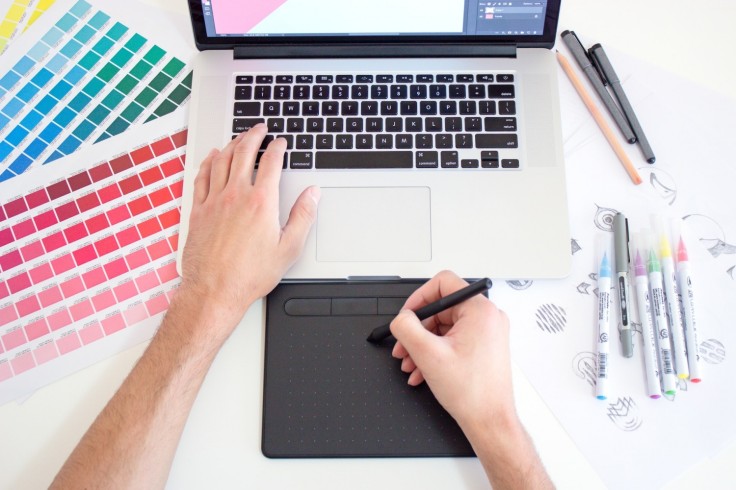
Product design is more than creating products that satisfy consumer needs. Product designers must identify specific market opportunities and incorporate business goals to create products.
Furthermore, product design is not only limited to manufacturing the products, but it starts with conceptualizing, conducting research, and sketching, up to prototyping, testing, and analyzing feedback. Lastly, it is not a linear process but an iterative one.
Based on the Market Analysis Report of Grand View Research, in the U.S. alone, the product design and development services market was valued at 9.39 billion USD in 2022. It is even expected to grow continuously in the next decade. Usually, businesses involved in product creation, such as manufacturing and technology, find a website design company to lead the web design process. And one ideology in product design is design thinking.
What Is Design Thinking and Its Process?
Although market opportunity and business goals are two factors in product design, design thinking allows a human-centric approach to the product design process. Basically, it prioritizes consumers' needs above all else.
About 56% of consumers perceive that businesses don't have an in-depth understanding of their needs. So, product designers use the design thinking process to determine problems and devise creative solutions to the problem by deeply understanding the users' needs, preferences, goals, frustrations, and end-tasks.
The design thinking process is composed of five phases, as listed below:
1. Empathize
As design thinking focuses on user-centered design, empathizing is the first phase of design thinking. In this step, it is vital to know what user-centered problem you are trying to solve and how your product will solve it.
In this stage, research about the target or potential users is vital. Research methods include studying consumer behavior, needs, preferences, and trends, performing interviews and surveys, and conducting field visits.
2. Define
From the data collected in the empathize phase, the next stage is to define the specific user problem you want to address. However, it is important to note that the focus should still be on the users and not the business or company.
At the end of the define phase, you should have a clear and specific problem statement that will guide you throughout the design thinking process.
3. Ideate
Once you have defined a problem statement, now is the time to generate ideas. In coming up with solutions to the problem statement, it is best to apply some ideation techniques, such as the following techniques proposed in an Indeed article:
Brainstorming – putting up a small group of diverse people to generate and share ideas as creative/innovative and as many as possible.
Worst Idea – coming up with the worst or ridiculous solutions to the problem first and negating those bad solutions by thinking of the opposite solutions.
Story Boarding – creating visual stories and presenting possible outcomes from the presented ideas.
Mind Mapping – establishing links between the main problem statement and the solutions presented.
Brainwriting – writing down possible solutions to the problem and passing them on to a small group where each participant can build up the written ideas.
4. Prototype
A prototype is a scaled-down version of a product, may it be a paper model or something else. The prototype is modeled from the first three phases of design thinking. In this stage, the goal is to convert ideas into tangible/interactive products that users can test.
5. Test
The last phase of the thinking design process is testing the prototype with the real target users. Others may know it as usability testing. In this stage, you will gather feedback from the users based on their experience with the product.
Then, using the things observed during the testing and feedback from users, you can make improvements to the product. Design thinking is also an iterative process.
Reasons to Use Design Thinking in Product Design
Aside from prioritizing the problems of the users, which is the first advantage of using design thinking, here are the other reasons why it is best to use design thinking in product design:
Creating prototypes and testing them makes business processes more efficient than only researching a problem for a long time without producing a possible outcome.
As an iterative approach, it can lead to more innovative and creative solutions.
Being a human-centered process of designing products, it improves user experience, which can increase revenue for the company.
Undergoing the design thinking process broadens designers' perspectives in solving user problems, especially during the first three phases.
Final Thoughts
The design thinking process is applied in product design to create a product that solves a significant user problem. It is a human-centered and iterative approach the designers use to produce creative and innovative products.
Empathize, define, ideate, prototype, and test—these are the different stages of the design thinking process. Each step has a significant role in creating a user-centric product.









